St Peters National School received the Green Flag for Global Citizenship – Energy in 2016. They currently have 11 teachers and 227 students attending the school.
Step 1: Green-Schools Committee
The committee consists of students from fourth to sixth class, and are selected by the class teacher. There are also teacher reps, the principal, secretary and a parent involved too. The full committee meets once a month though in effect the students meet weekly to administer their different roles for that week.
Step 2: Environmental Review
Some of main finding from their review were:
- Parent’s awareness of conserving energy in general is quite good.
- Children’s awareness levels were good too and previous flags seemed to have helped in this regard
- There is not a wide range of nationalities in St. Peter’s – the vast majority of the pupils are Irish. All in all there are about 11 nationalities represented.
- There was a need to renew awareness of Fair Trade and Fair Trade products and food sources around the world
- A lot of computer screens, whiteboards, projectors and visualisers were left on standby.
- Messages regarding energy conservation and good practice need to be reinforced on an ongoing basis (i.e. energy guzzlers – immersion, tumble dryers, baths, showers, washing teeth, kettles etc
- Litter patrols working well and the school grounds are rich in biodiversity
Step 3: Action Plan
Here are just some of the actions undertaken by the school;
- Global awareness surveys and energy audits
- Participation in Goal jersey day and Christmas box appeal
- Big travel challenge and 3 fun days throughout the challenge
- Information and tip sheets on Energy saving for parents
- Fundraiser for Syrian refugees
- Calculation of carbon footprint
Step 4: Monitoring and Evaluation
The school monitors their progress in many ways, here are a just a few:
- Meter reading (gas and electricity) daily using the template provided on the Green Schools website. Daily averages calculated over a period of time
- “Energy Detectives” monitor and enforce energy saving actions daily i.e. appliances off standby, lights off when rooms not in uses, monitors switched off when not in use etc
- Comparison of before and after figures show reductions of electricity usage of between 10 – 20%
- Printing off utility bills to identify reductions (or increases) in monetary cost and KWH usage. This can be done on bi-monthly or annual basis
- Contacted Irish water/Louth County Council to establish annual water usage in litres. Contacted Oxigen to help us establish waste produced by school in kg. Used data from Electric Ireland to calculate annual cost of electricity and gas and also KWH usage. Calculated the number of diesel and petrol cars in use in the school and distances travelled to school. Theycontacted the school architect to establish the floor area of the building. All this data was input in to the carbon calculator on the Green School website. They now have a baseline figure with which they can monitor their carbon footprint
- School caretaker and various classes maintain the school gardens
Step 5: Curriculum Work
- SESE: History , Geography and Science: Global Warming and Climate Change, Social Inequality /Poverty , Renewable Energy , Fair Trade
- Drama and Music : Renewable Energy posters and Antipollution posters
- ICT: powerpoints on Social Equality and climate change , bar graphs on energy usage
- Maths: recording of meter readings, daily consumption and daily averages. Calculation of percentile increases/decreases; Collection and input of data relating to carbon footprint.
- English: essays,films and blogs on social inequality, climate change, Fair Trade, Water and Renewable energy
Step 6: Informing and Involving
- February 2015 – Fancy Dress walking us with over 200 participating between parents and children walking to school
- March 2015 -Tree Tribes launch of the “Irish” Hedge in the centre of the village. Guerilla gardening and family party organised by 3rd class
- June 2015 – launch of the viewing stand/telescope for Ginnety’s pond in the school grounds. Promoting the biodiversity and ecology in Dromiskin
- The Green-School themes are embedded in the school curriculum after 16 years participation in the Green-School Programme. Green-School themes are integrated in to most subject areas at some stage during the year. They use assemblies, newsletters, the school website, social media (Twitter), local newspapers and radio station to promote Green-School activities. There are Green-School notice boards throughout the school.
Step 7: Green Code
S – Sustainable Energy
A – Always Conserve
V – Value our world
E – Everyone on Board the energy train!
